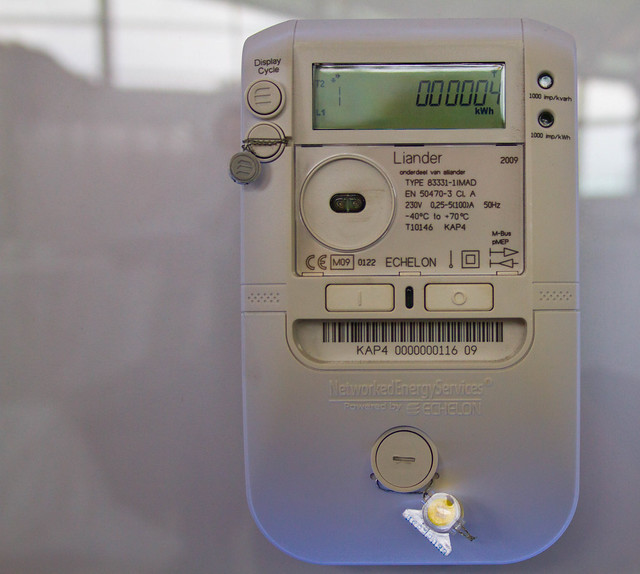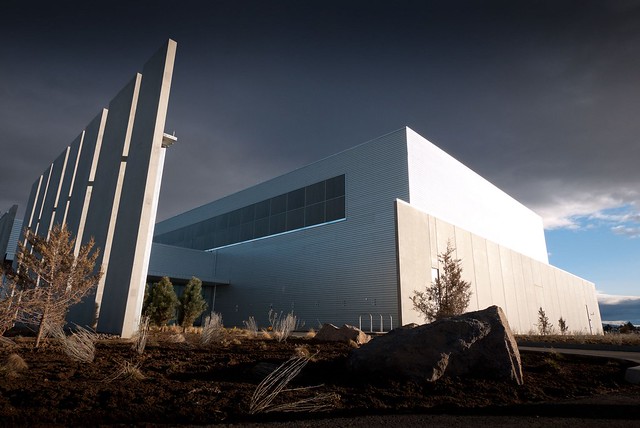
Smart grids don’t come cheap.
They are typically projects costing in the order of hundreds of millions of dollars (or Euro’s, or pounds or whatever your currency of choice). Just think, the most fundamental piece of the smart grid, the smart meter, alone costs in the order of $100. When you factor in the costs of installation, etc., you are looking at over $200 per smart meter. Therefore if you have in the order of one million customers it’s going to cost you around $200m just for the smart meter rollout.
Given that they are so costly to implement, you’d think utility companies would do everything possible to protect these projects from failure – not so, according to the latest smart grid research from Oracle.
The report from Oracle surveyed 150 North American C-level utility executives about their vision and priorities for smart grids over the next ten years. The findings are both interesting and disturbing.
It is interesting but not too surprising for example, that when asked to select their top two smart grid priorities over the next 10 years, they chose improving service reliability (45%) and implementing smart metering (41%) at the top of the list.
What is worrying though is that while 71% of utilities say securing customer buy-in is key to successful smart grid roll-outs, only 43% say they are educating their customers on the value proposition of smart grids. This is hugely problematic because, as I have written about previously, customer push-back can go a long way to de-railing smart grid projects.
And those who are educating their customers, how are they doing it?
Well, from the report, to communicate with their customers 76% of utilities use postal communications, and 72% use their own website. Only 20% use social media (and who knows how well those 20% are using their social media channels).
Tellingly, the report also mentions that only 38% of utility customers take advantage of energy conservation programs when they are made available. There are a number of reasons for this:
- the savings from these programs often require work on the part of the customer for no immediately visible benefit
- the savings are typically small (or put another way, energy is still too cheap) and
- Because of the extremely poor job utility companies have done on communications to-date, their customers don’t trust them, or their motivations. There is no quick fix for this. It will take time and a significant improvement in how utility companies converse with their customers before they start to be trusted
I have written lots of times over the years about the need for utilities to improve their communications.
Utilities have a lot of work to do rolling out their smart grids – but if they don’t step up their customer communications, they risk their considerable smart grid investments.
Photo credit Tom Raftery


